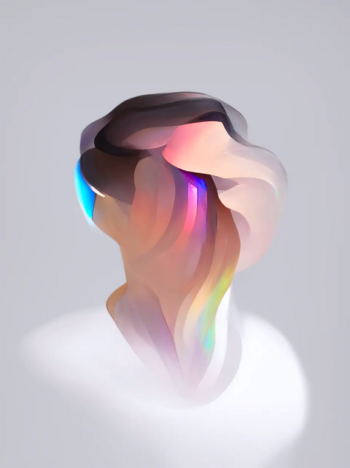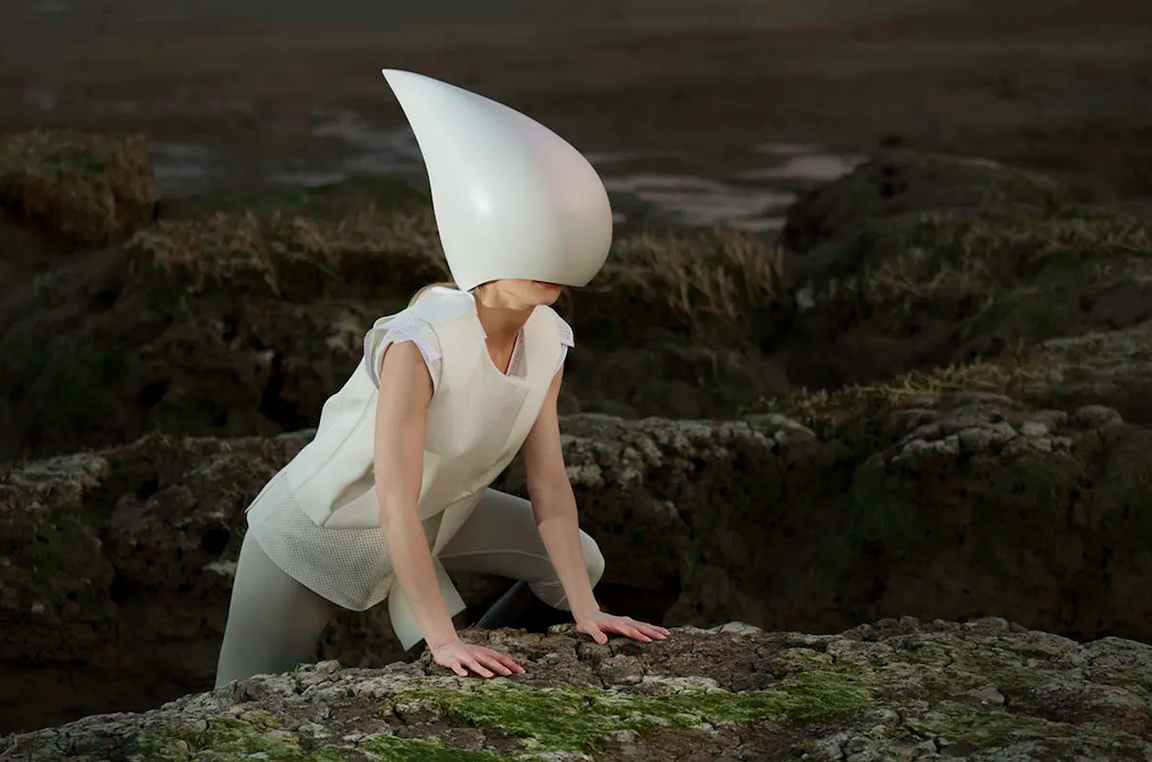FIELD
PEOPLEText: Victor Moreno
FIELD is a London-based creative studio focused on the interaction between design and technology. They create digital art, especially working with physical spaces, interactive and immersive design experiences for top brands. It was founded by German creative Marcus Wendt – a former student at Kunsthochschule in Kassel – who, in the mid 2000s moved to London mingling with the likes of Tomato Collective, Underworld and Antirom, all of them pioneers of the interactive media art and music scene. A few years later, FIELD was already developing groundbreaking work for clients such as IBM, Adidas, Apple, Nike, Mercedes-Benz and the Barbican. Since Brexit, FIELD has adapted to become a pan-European, decentralized studio with headquarters in London and Berlin, and contributors from around the world. Wherever there is a change, they are in the game. Recently, FIELD worked on rebranding META and is currently working on some exciting projects with IBM soon to be released. “DeepTime” is their new artistic work, exhibiting at Digital Impact showing at Disseny Hub in Barcelona until the end of August 2023. We discuss with Marcus Wendt how to navigate today’s vast demand of digital content production, new generative A.I. tools and the importance of brand language and expression.

Marcus Wendt, Executive Creative Director, Co-Founder
Please tell me about your background, where did you study and how did you start out working with visual design?
I was a kid growing up with skateboarding and I loved graphic design. I always wanted to be a painter. I couldn’t decide between skateboard graphic design and painting. Eventually, I was super nerdy into all kinds of technology. My dad is an engineer, very German. I was born in East Germany before the wall came down. I was born as a communist [laughs]. So the ingredients of my foundation were graphic design, technology, and painting. I decided to go to art school around 2002. I studied graphic design at Kunsthochschule Kassel and realized “shit, you can’t make anything new in graphic design, it’s so hard.” The interesting thing is that it was like a Bauhaus school, basically the first Bauhaus school after the war. When the wall came down Bauhaus decided to create another school in the same spirit. It was very, very free and anarchistic. It had absolutely no structure at all. The only rule was that you had to write a test to get in and then write another test to get out. The challenge is not so much to get in the school but really to get out [laughs]. Some people never left, who knows if they are still there… [more laughs].
You have always had an eye for graphic design. How did you find your path for what you do today?
I did an internship in London and I really didn’t like the interchange. But thankfully, during that period in London I met Andy Allenson who was part of the collective Antirom, which is from the era using the so-called CD-Rom as a format – A collective quite similar to Tomato and also as influential in this micro universe of interactive art existing those days. He definitely became a mentor because before I was an art student who was coding websites to make a living and wanted to be a graphic designer, and he was the guy who showed me, “hey, you can put those things together”. And until that moment, I had never thought of it. So he was like a weird, inspirational person who taught me everything about the geometry of waves and music and tones. In fact, he was more like a professor. His wife was Japanese, so we had a Japanese dinner every now and then. He had some clients and one day he desperately needed help with a tight deadline. I was like the young guy who could have endless amounts of energy, and yeah, kept coding all night. It worked out well and 2 months later we were in New York doing a big show at Union Square Park together. I thought, wow, that never happens in Germany. Like, meeting someone in a pub, landing a crazy freelance job and two months later you’re on national TV in America. That was quite special. I finished my degree and decided to move to London and start my own project, FIELD, around 2009.
IBM Think 2019
What is the meaning behind the name FIELD?
I love learning and absorbing information. I just mixed it all up. So instead of focusing on graphic design and painting, I learned geometry, because I realized, I have to understand how this stuff works in code if I want to make entire animations or interactive things. The world around me was feeling incredibly static. As a skateboarder, you want things to be dynamic, and music alive and attractive. So that combination was very appealing to me. At the end of my studies I wrote a thesis on esthetical systems. And like the first page or so we say, we’re really interested in design, visual arts and communication. But it’s all the extra connections, you make it to adjacent areas that make it interesting. So we need to bring in interactivity, AI, generative, all these things. And then I would basically be drawing a map, I still have the picture somewhere. But we drew a map. And I said, well look at the map, it’s a field. It became clear well, because they’re not okay, up here is the AI and down here is interactivity. And there’s so many ways you can connect the two, you can do this and that and listen to that piece. Like okay, cool. I’ve got an app for the rest of my life to never run out of ideas. The name is dedicated to exploration. I think that’s still our ethos. So to say. There’s always new technologies, there’s always new, interesting ways how you can mix up those ingredients. Obviously, it keeps evolving. And I love the journey of exploration, journeying and discovery. We want to make cool immersive things.

FIELD.BLUE x Quasar
Today FIELD is 20+ people. Please tell me a little bit about that journey up until what it is today.
Let’s say we started as a lifestyle business literally just wanting to make interesting work as designers. And so for the first seven years FIELD was a small unit of just my business partner, Vera, and me, also my girlfriend at the time. For the first seven years, we were very small, we didn’t do much. I think it always felt like we were a little bit ahead of our time, by a few years, because sometimes, what we could do wasn’t fully understood, people were like “uh, yeah, that’s interesting”. But in a way, when people realized they couldn’t understand it, in the end they loved it. Then, all of a sudden, seven years later, it felt like, all right now, the next generation came into power. And they have more to say. And they brought us into these projects.
Read more ...





